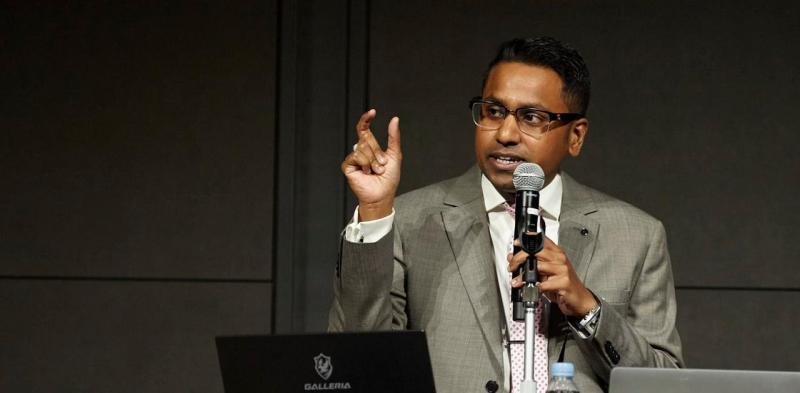How can technology support children’s speech and language therapy?
In an exclusive for ETIH, Martha Currie, Clinical Director and co-founder of Mable Therapy, explores how technology can bridge gaps in children’s speech and language therapy services amidst growing demand and staff shortages.
Approximately 20% of all school-aged children in the UK are currently dealing with speech and language challenges.
Yet, a recent survey by the RCSLT found an average vacancy rate of 25% in children’s speech and language therapy services in England.
With an increasing number of children needing support and not enough therapists to go around, new solutions are needed. One answer may lie in technology.
How Can Technology Replace Professional Speech Therapy?
The short answer is that it can’t. But it can be used to provide and supplement one-to-one therapy sessions. If you already work with children experiencing speech and language difficulties, you’ll know that the associated therapy is highly personalized. Children can experience various speech, language, and communication needs from articulation to social communication differences. Personalized, one-to-one therapy will help children develop and enhance their communication skills, empowering them to navigate the world with greater ease and confidence. Technology can be valuable and supportive at different points along this journey. Whether through tools that identify needs, increase access to specialists, or encourage skill practice, technology helps create a more inclusive approach to supporting communication.
Where Technology Can Help in Speech and Language Therapy
Diagnosis
Early identification is the big hurdle that impacts children with speech, language, and communication needs. Often, this responsibility can primarily lie with early years staff. Their crucial role is to identify children at risk of SLCN. However, this is frequently subject to unintended bias because it relies heavily on the individual’s interpretation of the screening materials.
So, unless a school ensures that all speech, language, and communication screeners are undertaken by the same staff member, results inevitably vary, leaving some children facing late diagnosis or entirely missing out on the support they need.
Artificial intelligence (AI) can address these issues. With adaptive, AI-driven digital screening tools, such as MELCS, which reduces any biases, schools can effectively screen a cohort and put the required support and strategies in place. This enables each child’s individual speech and language level to be assessed without taking teaching staff away from the classroom.
Consultation
If a therapist can’t see a child in person, online services can serve as a practical alternative. This is particularly useful in rural areas where the availability of speech and language therapists is the most limited. In 2023, almost 24,000 children were left waiting more than 18 weeks to see a speech and language therapist after diagnosis. And when they do get to the top of the waiting list, the limited number of available therapists can often mean that appointments are sporadic. By providing access to online therapy, you not only remove the inequality between urban and rural areas, but you enable children to work in an environment in which they are comfortable and confident, enhancing the learning experience. You also allow the child and family to be matched with specialist speech and language therapists who specialize in the area of need, such as stammering or hearing impairment, leading to more effective therapy.
Digital Tools
Along with online consultation, there are interactive digital programs. At Mable, we use gamification and creative approaches because it enhances engagement. It’s a well-known fact that children learn better when they’re having fun, so these approaches can have significant benefits.
The Impact of Speech and Language Therapy
Effective communication has been shown to play a vital role in all aspects of a child’s life. Being unable to easily communicate can result in a range of outcomes, from low confidence and poor social and emotional development to reduced educational attainment, employability, and economic disadvantage.
When we fail to give children the speech and language therapy they need, we set them up for future failure and isolation. But with well-timed, tailored, quality speech and language therapy, we can help to remove those barriers and provide children with the best possible start in life.
Technology isn’t the answer to all of the challenges produced by the shortage of qualified speech and language therapists in the UK right now. But if properly deployed, it can help to relieve the strain and provide children with access to some or all of the support they need.
Martha Currie, Clinical Director and co-founder of Mable Therapy. Mable provides whole-school support for speech and language and mental health needs, offering everything from specialist therapy sessions to universal class-based support.

















